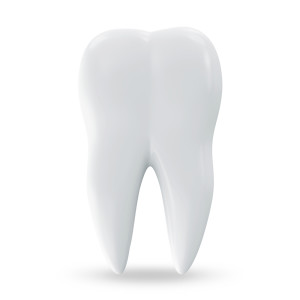PUBLISHED IN TCI WEEKLY NEWS
23rd August 2014
This is the final piece looking at the topic of Oral Surgery. I want to look at a couple of procedures that are general performed in the setting of a dental office and then briefly look at more involved procedures that would be performed in hospital by an oral surgeon, possibly under general anesthetic.
Gum/ Periodontal Surgery including Crown Lengthening
In cases of periodontal (gum) disease where bone has been lost, a deep pocket between the gum and the tooth can develop which can be difficult for the patient to keep clean. One option is to reduce the depth of the pocket surgically. This is a simple, inexpensive procedure that enables easier cleaning and maintenance of the teeth and gums, which so reduces the chance of recurrent periodontal disease.
On occasion I have had to treat patients who either have naturally short teeth or teeth that have become shorter due to wear and/ or trauma. By re-contouring the gum margin and even the bone margin, you can improve the appearance of a natural tooth or produce more of the tooth prior to a crown preparation.
Oral/ Maxillo- facial surgery
A specialist maxillo- facial surgeon would work out of a hospital, often using general anethesia and perform a range of treatments including surgery for-
 – Unequal jaw growth
– Unequal jaw growth
In some individuals, the upper and lower jaws fail to grow properly. This can cause difficulty in speaking, eating, swallowing, and breathing. While some of these problems — like improper teeth alignment — can be corrected with orthodontic appliances, more serious problems require oral surgery to move all or part of the upper jaw, lower jaw, or both into a new position that is more balanced, functional, and healthy.
– Ridge augmentation to improve denture fit
For first-time denture wearers, oral surgery can be done to correct any irregularities of the jaws prior to creating the dentures to ensure a better fit. Oral surgery can also help long-term denture wearers.; supporting bone often deteriorates over time resulting in dentures that no longer fit properly. In severe cases, an oral surgeon can add a bone graft to areas where little bone remains.
– Facial injury
Oral surgery is often used to repair fractured jaws and broken facial bones.
– Cleft lip and cleft palate
Cleft lip and cleft palate result when all or portions of the mouth and nasal cavity do not grow together properly during foetal development. The result is a gap in the lip and/or a split or opening in the roof of the mouth. Oral surgeons work as part of a team of health care specialists to correct these problems through a series of treatments and surgical procedures over several years.